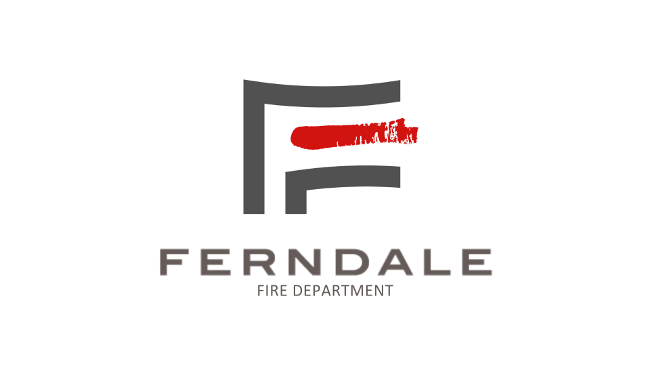Carcinogen - A chemical is considered to be a carcinogen if 1) it has been evaluated by the International Agency for Research on Cancer (IARC) and found it to be a carcinogen or potential carcinogen; or 2) it is listed as a carcinogen or potential carcinogen in the Annual Report on Carcinogens published by the National Toxicology Program (NTP) (latest edition), or 3) it is regulated by OSHA as a carcinogen.
Combustible liquid - Any liquid having a flashpoint at or above 100 degrees F (37.8 degrees C), but below 300 degrees F (93.3 degrees C), except any mixture having components with flashpoints of 200 degrees F (93.3 degrees C), or higher, the total volume of which make up 99 percent or more of the volume of the mixture.
Corrosives - liquid and solid - Any liquid or solid that causes visible destruction or irreversible damage to human skin tissue. Also, it may be a liquid that has a severe corrosion rate on steel.
Explosives and blasting agent - (not including Class C explosives) - “Explosive” means a chemical that causes a sudden, almost instantaneous release of pressure, gas, and heat when subjected to sudden shock, pressure, or high temperature. “Blasting Agent” means a material designed for blasting. It must be so insensitive that there is very little probability of: 1) accidental explosion, or 2) going from burning to denotation.
Flammable liquid - Any liquid having a flashpoint below 100 degrees F (37.8 degrees C), except any mixture having components with flashpoints of 100 degrees F (37.8 degrees C) or higher, the total of which makes up 99 percent or more of the total volume of the mixture.
Flammable gas - A gas that can burn with the evolution of heat and a flame. Flammable compressed gas is any compressed gas of which: 1) a mixture of 13 percent or less (by volume) with air is flammable, or 2) the flammable range with air is under 12 percent.
Flammable solid - A solid, other than a blasting agent, or explosive, that is liable to cause fire through friction, absorption or moisture, spontaneous chemical change, or retained heat from manufacturing or processing, or which can be ignited readily and when ignited burns so vigorously and persistently as to create a serious hazard.
Flammable solid (dangerous when wet) - Water Reactive Material (Solid) - Any solid substance (including sludges and pastes) which react with water by igniting or giving off dangerous quantities of flammable or toxic gases. (Sec. 171.8)
Irritating material - liquid and solid - A liquid or solid substance which, upon contact with fire or air, gives off dangerous or intensely irritating fumes.
Non-flammable gas - Any compressed gas other than a flammable compressed gas.
Organic peroxide - An organic compound that contains the bivalent -0-0 structure and which may be considered to be a structural derivative of hydrogen peroxide where one or both of the hydrogen atoms has been replaced by an organic radical.
Oxidizer - A chemical that initiates or promotes combustion in other materials, thereby causing fire either of itself or through the release of oxygen or other gases. Example being: chlorate, permanganate, inorganic peroxide, or a nitrate, that yields oxygen readily.
Poison - Less dangerous poisons, toxic - Substances, liquid or solids (including pastes and semi-solids) so toxic to man that they are a hazard to health during transportation.
Poison gas - Extremely dangerous poisons, highly toxic poisonous gases or liquids - A very small amount of the gas, or vapor of the liquid, mixed with air dangerous to file.
Radioactive material (yellow 111 label) - Any material, or combination of materials, that spontaneously gives off ionizing radiation.
Spontaneously combustible material - (Solid) - A solid substance (including sludges and pastes) which may undergo spontaneous heating or self-burning under normal transportation conditions. These materials may increase in temperature and ignite when exposed to air.

